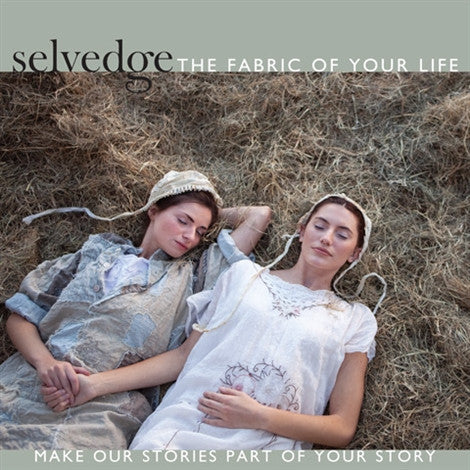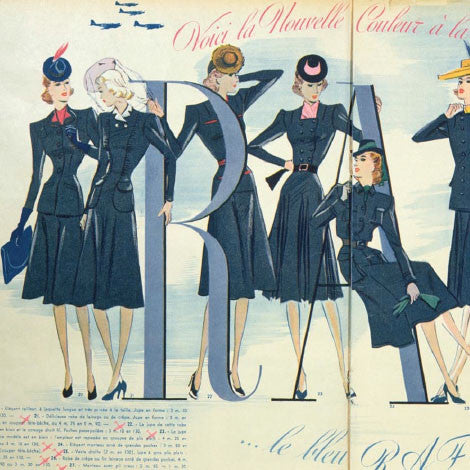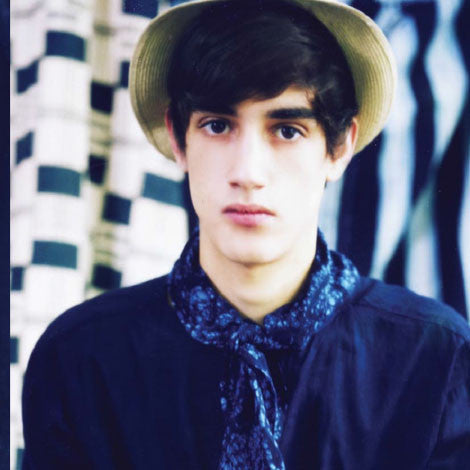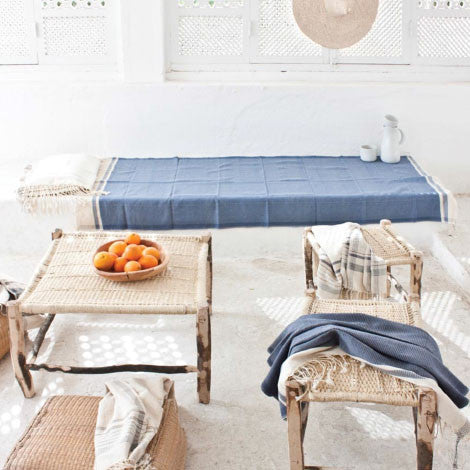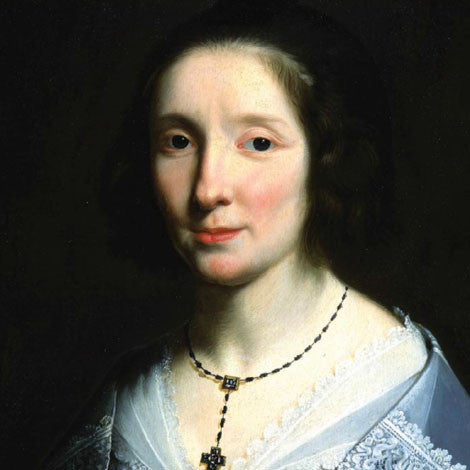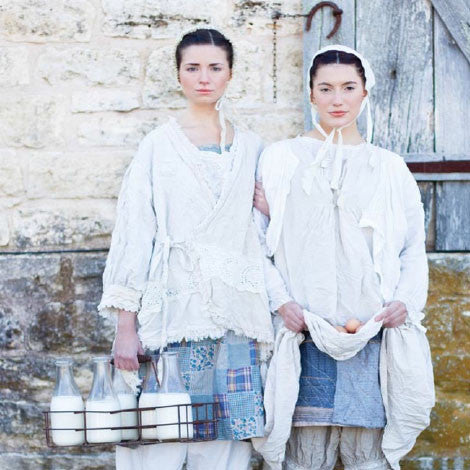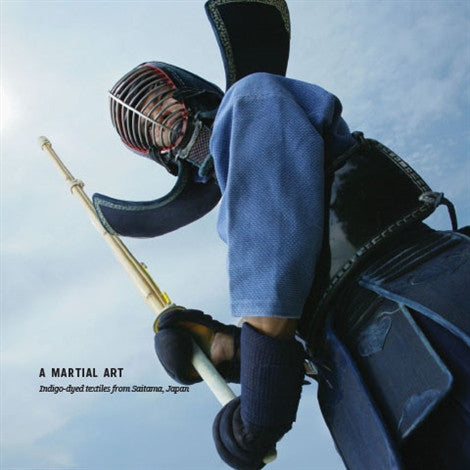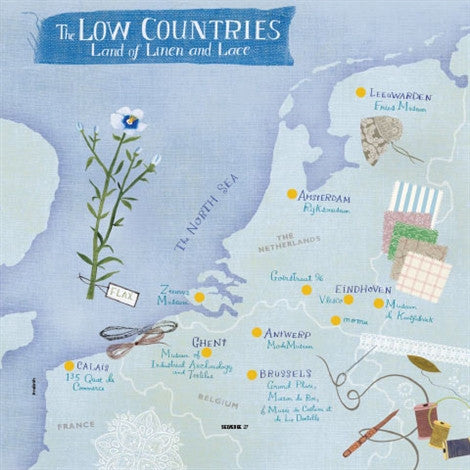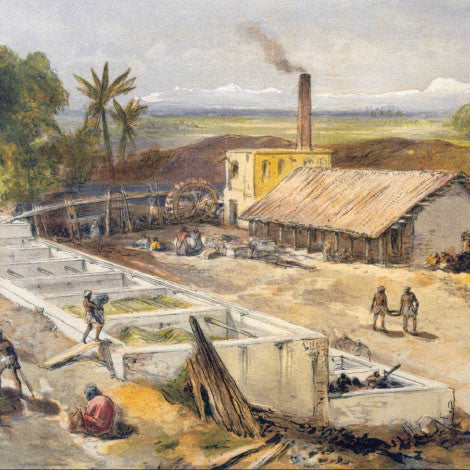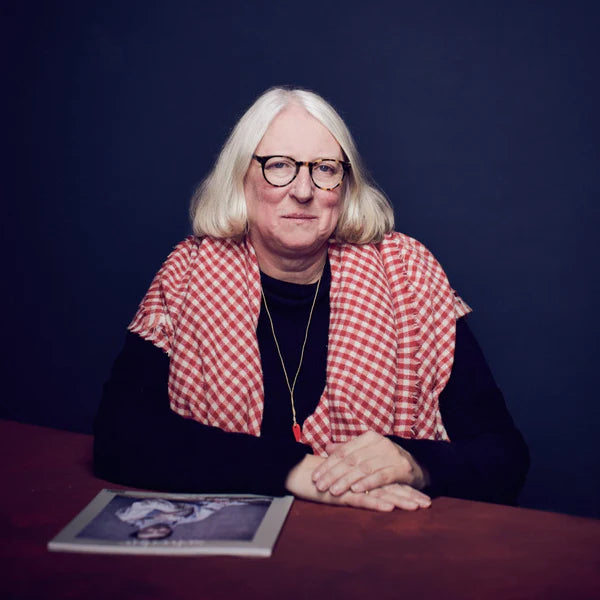Issue 58 Blue & White - currently only available as a digital copy
Selvedge Magazine
Couldn't load pickup availability
Please note Issue 58 is now only available as a digital copy, there are no print copies available at this current time.
May/June 2014
A FEW YEARS AGO I was lucky enough to be invited to view the flax fields of Northern France. It was enchanting to look back towards the beaches at the panorama created by the ultramarine of the sky, the Antwerp blue of the North Sea and the soft cerulean of the flax flowers. Surprisingly the majority of the world’s supply of linen is grown in an area that stretches from Cean in the South to Amsterdam in the North; but it is less surprising to learn that the same area has a rich textile heritage as well as a thriving fashion industry today. The affluence of the area is due in no small part to the textile trade that has its roots in the middle ages. Our travel feature on the Low Countries, presents a snapshot of this rich history as well as a glimpse of the work of contemporary designers.
The legacy of linen is strong in the region and I love this fabric for its relaxed contemporary feel and also for its strength. The fact that it can hold its shape within an open structure is a quality that makes linen ideal for the production of lace. The significance of the lace in the 17th century can not be underestimated, as Annabel Talbot explains in her article The Personal is Political. Many modern artists and designers reference the vocabulary of lace in their work such as Iris Van Herpen. The European Union is conscious of this importance of the lace industry and initiated the Crysalis project to provide opportunities to combine knowledge and tradition with technology. Nicola Donovan reviews the exhibition Lace Effects 1, part of the project at the International Centre for Lace and Fashion in Calais.
In my opinion, the only thing that can improve on the quiet beauty of linen is indigo dye – considered by many to be the most popular colour in the world. Unlike linen, which has a specific geographic origin, indigo exists in some form on every continent. The image of Gandhi, in his undyed khadi cloth is familiar to us, but it is fascinating to learn of his connection to indigo. In this issue we also see indigo in The Kojima Family factory in Japan, in the African indigo fabrics from Benin used in the Heartwear collection, and as delicate garments designed by Chinar Farooqui from India. Both Heartwear and Farooqui are exhibiting at our Fashion Fair in Bath. If you are not able to make the fair I do hope you enjoy reading about their beautiful work.
Polly Leonard, Founder
Share
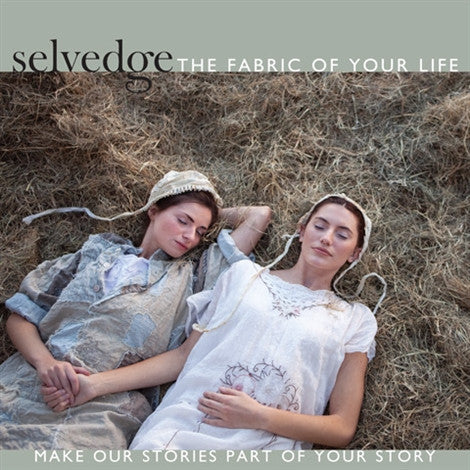
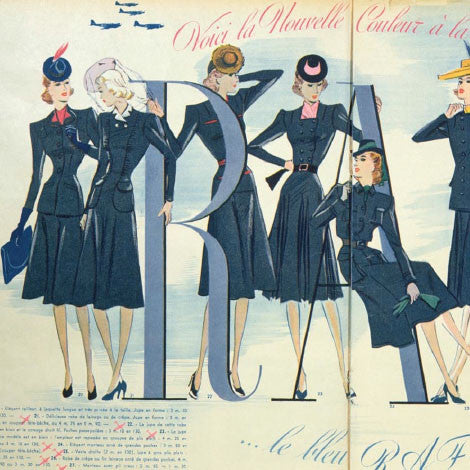
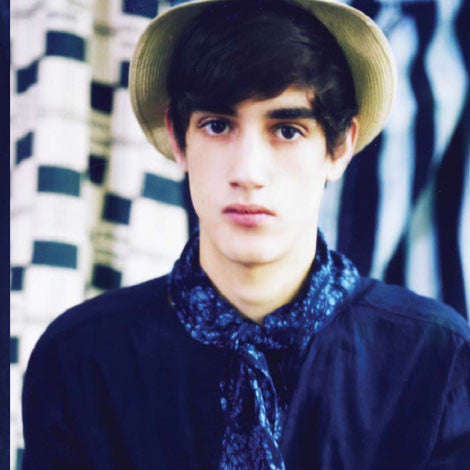
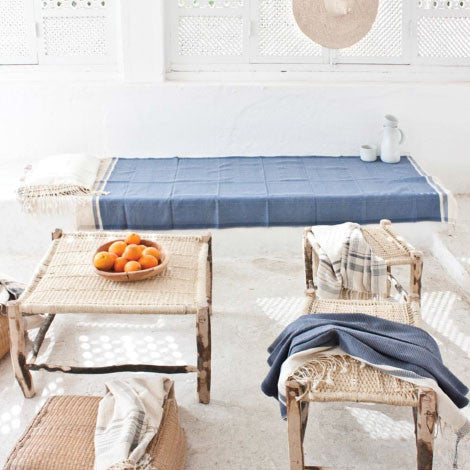
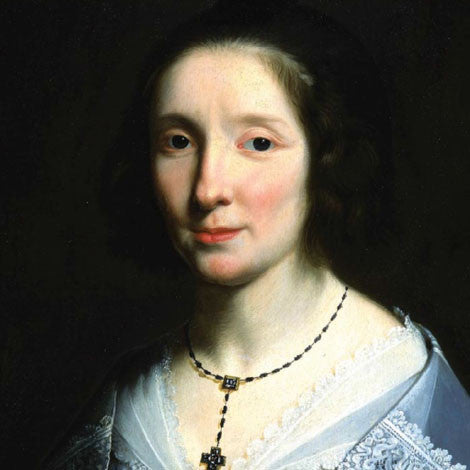
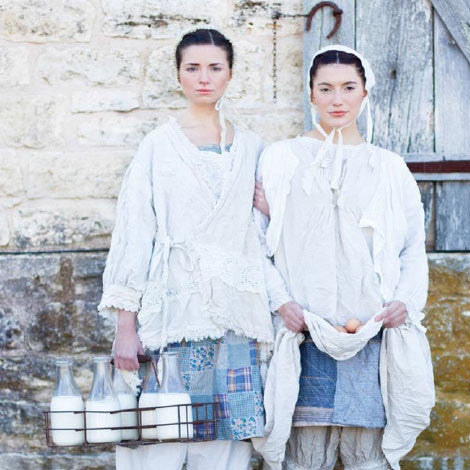
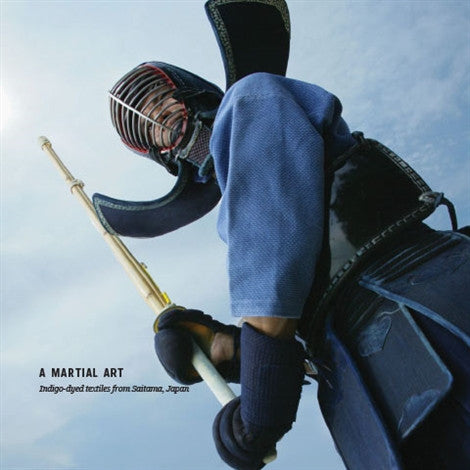
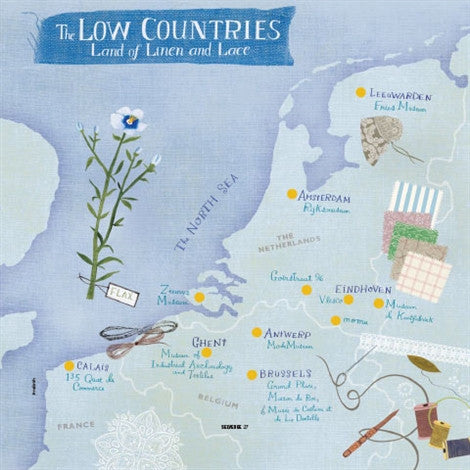
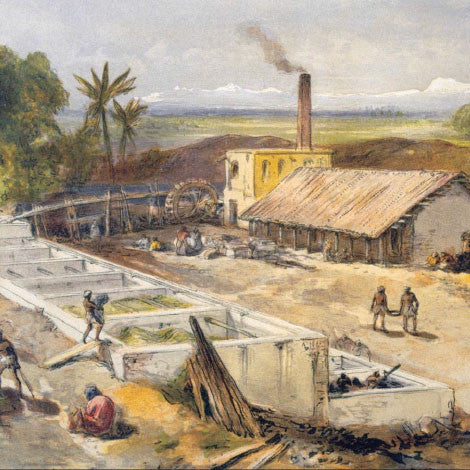
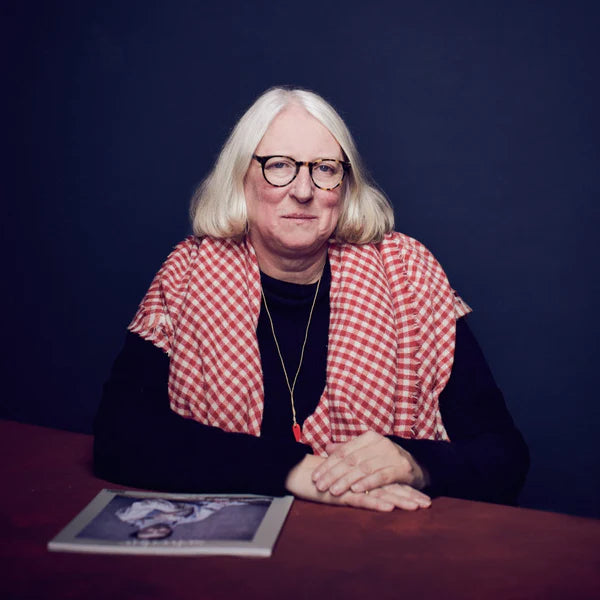
A truly enjoyable read
This magazine is a joy to read on every level. It is well researched, interesting and beautifully written. It cleverly connects the distant past with cutting edge current practice and has inspired me to learn more about both. Now I want to read more!
Visually very satisfying and intellectually stimulating
I always find Selvedge Magazine visually very satisfying and intellectually stimulating. I have all the issues in my library and will have to find a good institution to donate then to when the time comes. I remember getting issue 00 at some conference or meeting in the US when you were first starting out. Bravo again for so many years of sharing the joy of textiles in all its varied forms with all of us.
Congratulations on your vision!
I’ve just been looking up your magazine, and absolutely love it! It seems like it knits together all the slices of delight that are left over in our soul when we are spent with our daily survival transactions…..congratulations on your vision!
Inspirational, Cultural, Educational
I am intriqued -- every issue of Selvedge. I am inspired toward my own work as an artist, as a weaver, as a designer, as a student of global artistry. Forever indebted.
Absolutely gobsmackingly gorgeous
I was expecting something nice, but I was in no way prepared for how absolutely gobsmackingly gorgeous and inspiring your magazine is. Wow and wow. Now I’m counting the minutes until my next paper copy arrives.

